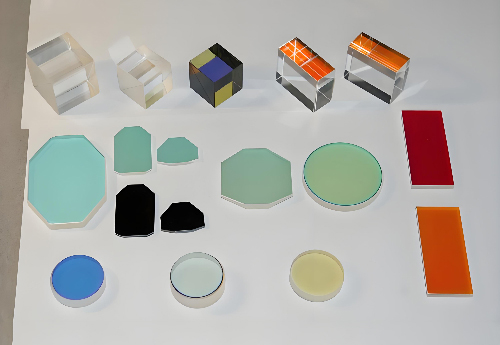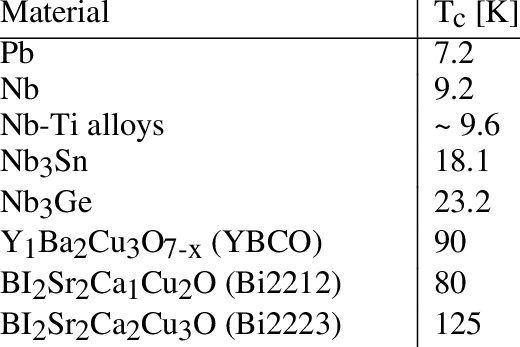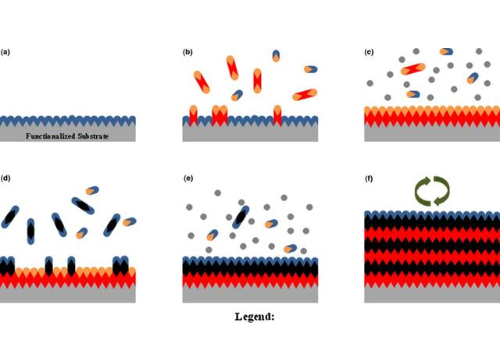Application of Titanium Foam
Everyone knows metal, but have you heard of metal foam? Metal foam is a new type of metal material that contains foam pores. It not only retains the characteristics of metal materials such as weldability, conductivity, and extension, but also has the functional properties of porous materials such as energy absorption and vibration reduction, noise reduction, electromagnetic shielding, air permeability, and water permeability, and low thermal conductivity. At present, the metal foams that have prepared mainly include aluminum foam, magnesium foam, copper foam, nickel foam, steel foam, and titanium foam. In this article, we will take a deeper look at the application of titanium foam.

Application of Titanium Foam
The Application of Titanium Foam
1. The Application of Titanium Foam in the Field of Biomedical Materials
Titanium foam has excellent biocompatibility, mechanical properties and corrosion resistance of titanium and its alloys, and is very suitable for use as biomedical materials.
Titanium foam is rich in pores. Through these interconnected pores, sufficient water and nutrients can be provided for the growth of new bone tissue, which is conducive to the adhesion, differentiation, and growth of bone cells, strengthens the connection between the implant and the bone, and realizes biological fixation.
Therefore, foamed titanium alloy as a human body implant material can be widely used in the restoration of bones, joints, blood vessels, and teeth.
2. The Application of Titanium Foam in the Field of Impact-Resistant Materials
When titanium foam is impacted, its pores can not only absorb more energy but also can withstand higher failure stress. It is a material with excellent impact resistance.
Due to its excellent impact resistance, titanium foam can be used as a bumper for automobiles, landing gear for spacecraft, safety pads for elevators, various packaging boxes, and protective materials for rockets and jet engines.
3. The Application of Titanium Foam in the Field of Battery Materials
Using foamed titanium material with high porosity and large specific surface area as the gas diffusion layer material of the fuel cell can greatly increase the energy released during the electrochemical reaction.
4. The Application of Titanium Foam in the Field of High-Temperature Dust Filter Materials
Due to the permeability of the void structure, the titanium foam integrates high-temperature heat resistance, oxidation resistance, and permeability, and can be used for dust filtration under high-temperature conditions.
In recent years, the research of foamed titanium materials has achieved certain results, but the technology is still immature, and it is still far from the industrialization stage. To make titanium foam more widely used, much more in-depth research is still needed.
Conclusion
Thank you for reading our article and we hope it can help you to have a better understanding of the application of titanium foam. If you want to know more about titanium and titanium foam, we would like to advise you to visit Stanford Advanced Materials (SAM) for more information.
Stanford Advanced Materials (SAM) is a worldwide supplier of titanium foam. We have over two decades of experience in the manufacture and sale of titanium and titanium foam and supply high-quality titanium products to meet our customers' R&D and production needs. As such, we are confident that SAM will be your favorite titanium product supplier and business partner.




